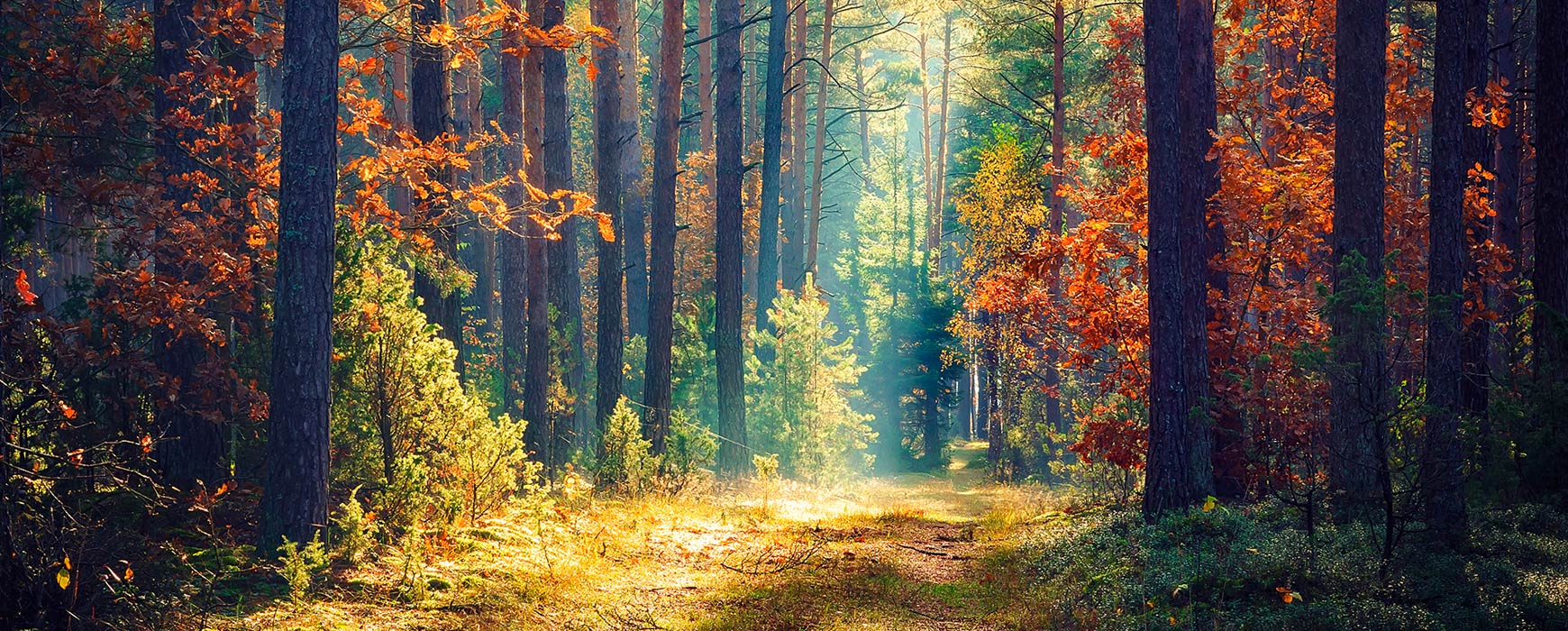OUR PRODUCTS FEATURE THE FOLLOWING TYPES OF WOOD
American oak
American oak, also known as white oak, is common in the eastern parts of the United States. It has a similar appearance and similar properties to European oak: light sapwood with a dark brown core. The heartwood is hard and provides a hard-wearing surface when refined.
Weight: 760 kg/m3
Hardness: 3,8 Brinell
Uses for American oak:
- Parquet floors
- Furniture
- Construction
- Coffins
- Construction
European ash
The wood of the ash is clearly ring-porous, with large earlywood pores and small latewood pores. Ash is a relatively hard and heavy type of wood with superior durability properties. In older trunks, the core sometimes takes on an irregularly dark brown to black colour, without this indicating rot damage.
Weight: 680 kg/m3
Hardness: 3,5 Brinell
Uses for European ash:
- Furniture
- Interior design
- Floors
- Tool handles
- Sports equipment
European oak
The oak is coarser than any other domestic species, and trees can sometimes grow to a diameter of more than two metres. The heartwood is extremely resistant to rot and insects, while the sapwood is not as hardy. Oak is a reasonably hard, heavy and strong wood with moderate and slow moisture movement in relation to its weight.
Weight: 680 kg/m3
Hardness: 3,6 Brinell
Uses for European oak:
- Parquet floors
- Thresholds
- Doors
- Interior design
- Kitchens
- Furniture
- Boats
Birch
Birch grows most frequently in the north and east of Europe. The best trunk shapes come from pure, closed stands, where the trunks are often straight and knot-free. Otherwise, birch trees often tend to grow more-or-less crookedly.
Weight: 610 kg/m3
Hardness: 2,4 Brinell
Uses for birch:
- Plywood
- Furniture
- Joinery
- Household items
- Turning
American alder
The American alder grows in the north-western regions of North America. It reaches a height of around 30 metres and is already mature enough for felling in 30–40 years. It is most frequently found in areas that have been ravaged by forest fires or earthquakes. American alder is a light wood with moderate moisture movement, and it is easy to work. Newly sawn, it is almost completely white, but it soon takes on a reddish colour. Hence the name: “red alder”.
Weight: 450 kg/m3
Hardness: 1,4 Brinell
Uses for American alder:
- Furniture
- Kitchen cabinet doors
- Doors
- Panels
Cherry
Cherry is not widely available, so such wood as is processed is used for exclusive work, where the colour and appearance are given their due prominence. It is primarily imported from Canada and the United States. The wood is easy to work to a beautiful surface finish.
Weight: 560 kg/m3
Hardness: 3,2 Brinell
Uses for cherry:
- Kitchens
- Furniture
- Doors
- Boat furnishings
- Panels
- Floors
Ash
The wood of the ash is clearly ring-porous, with large earlywood pores and small latewood pores. Ash is a relatively hard and heavy type of wood with superior durability properties. In older trunks, the core sometimes takes on an irregularly dark brown to black colour, without this indicating rot damage.
Weight: 680 kg/m3
Hardness: 3,5 Brinell
Uses for ash:
- Furniture
- Interior design
- Floors
- Tool handles
- Sports equipment
Beech
After birch, beech is the second-largest hardwood tree in Sweden. Beech grows in the Skåne and Blekinge areas, and as far up as north Småland. The wood is whitish with hints of red or brown. After staining, the wood takes on a redder tone. Beech is a strong, medium-weight wood that displays significant movement when the moisture content changes. There is therefore a major risk of cracks and deformations when it dries.
Weight: 700 kg/m3
Hardness: 3,7 Brinell
Uses for beech:
- Joinery
- Parquet floors
- Toys
- Household machines
- Furniture
- Ice cream sticks
European alder
Alder needs extremely moist soil, so it principally grows close to water. Alder is a soft and relatively light type of wood with moderate moisture movement. It is easy to work, causing little wear on tools. Immediately after working, the wood is yellow or reddish white in colour, gradually darkening to a red-brown colour.
Weight: 470 kg/m3
Hardness: 1,5 Brinell
AnUses for European alder:
- Woodwork
- Wood carvings
- Turning
- Wooden clogs
- Toys
- Furniture
Pine
The appearance is distinguished by clear rings with light earlywood and darker latewood. After felling, the sapwood is susceptible to attack by blue-stain fungus and mould. It is generally easy to work, causing little wear on the tools. The wood is easy to glue if you brush from the direction of the resin-rich timber. Approximately 40% of the wood supply in Sweden is pine forest,
Weight: 510 kg/m3
Hardness: 1,9 Brinell
Uses for pine:
- Doors
- Windows
- Panels
- Mouldings
- Floors
- Interior design
- Furniture
- Fibreboard sheets
Walnut
Walnut grows widely across the eastern and central regions of the United States. The sapwood is creamy white, while the heartwood is dark brown and almost black in places. The structure is usually straight and even. However, it is not uncommon for walnut to feature a highly irregular structure, in which case it is often used for decoration
Weight: 650 kg/m3
Hardness: 2,8 Brinell
Uses for walnut:
- Furniture
- Interior design
- Doors
- Floors
- Panels
- Kitchen cabinet doors
We know hardwood – let us help you!
Fill in your name, phone number and email address, and we’ll get back to you. By submitting the form, you
give your consent to our processing your personal data in accordance with our privacy policy.





